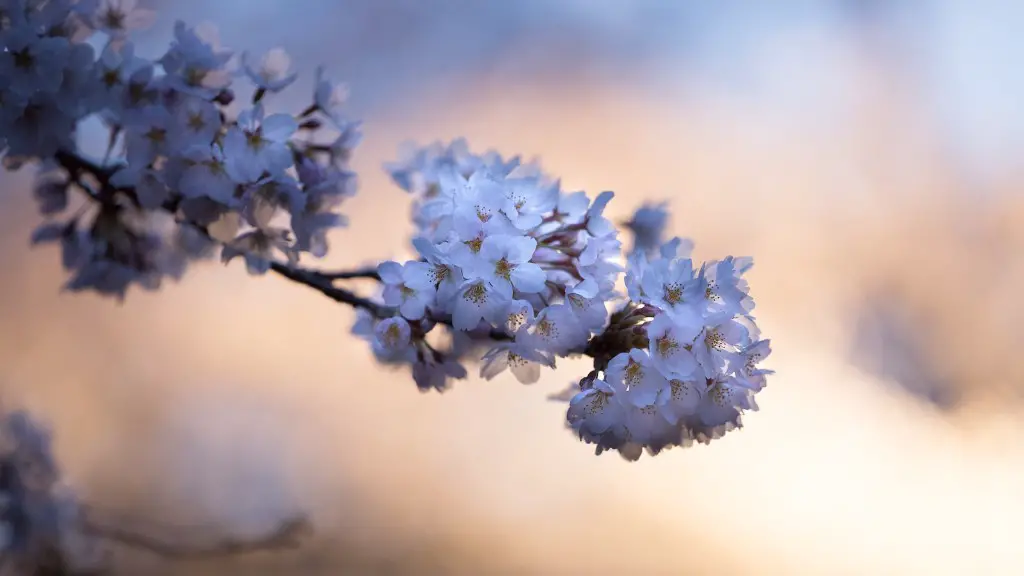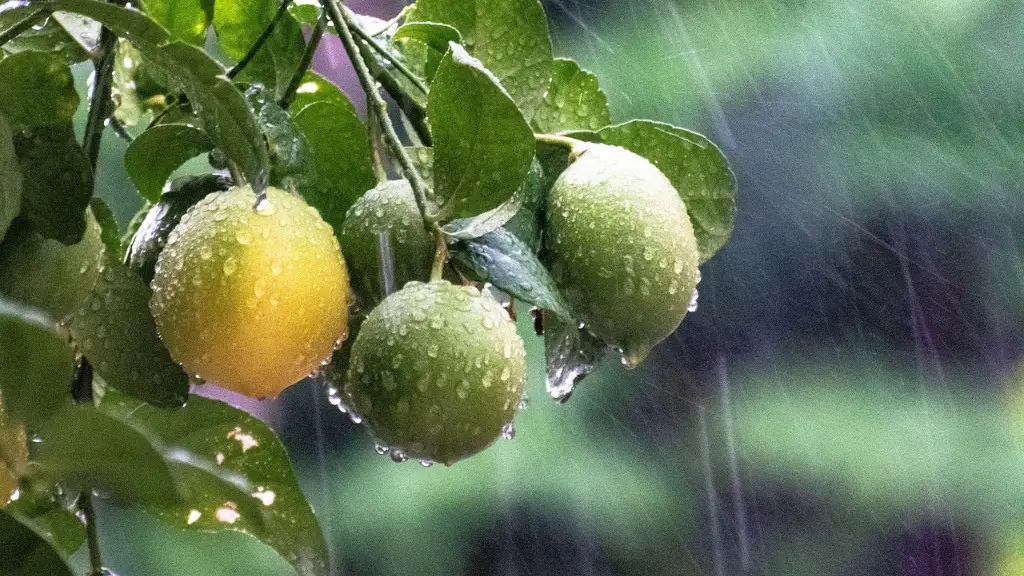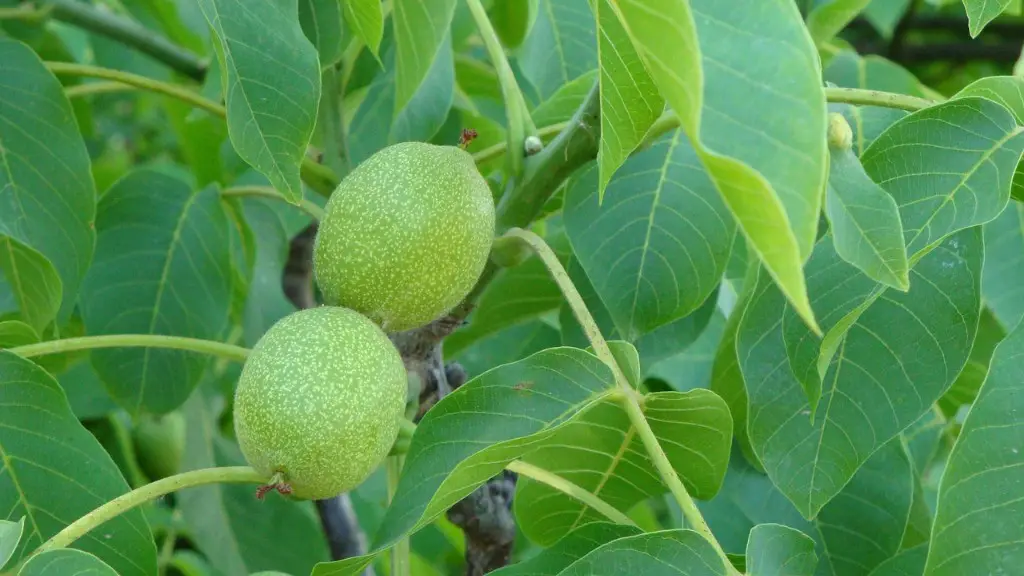Weeping cherry trees (Prunus Subhirtella) are popular ornamental trees, especially in regions with cold winters, for their characteristic weighty, drooping branches and cascading flowers. They are also known as snow cherries or weeping yoshinos. With careful pruning and shaping, you can create a beautiful weeping cherry tree to enhance your landscape and provide breathtakingly picturesque scenes throughout the year.
It is important to begin tradition pruning the moment the tree is planted. If we wait too long to start training the tree’s branches, it will be hard to do corrections later. When young, the tree should never be pruned severely and it is highly recommended to avoid cutting the trunk. The branches should also be supported against stakes and string, in order to be trained upright. Once it canopy has grown, the ties should be removed.
When deciding how to shape the tree, it is important to assess what sort of weeping pattern you want to create. Do you want the branches to hang downwards in a uniform pattern, or do you want it to be more irregular? Remember to consider how the branches will look throughout the season too; for example, in the winter there will be no flowers, and an evenly balanced pattern may look less attractive than an asymmetrical one.
The other factor to consider when shaping the tree is the trunk height. If you want the tree to achieve a low, dramatic effect, then you should prune back the trunk to the desired level. For a more upright tree, however, the trunk should be left untouched.
A correctly pruned weeping cherry tree is a thing of beauty but will take some time and patience to get to that desired end result. With pruning shears, it is important to make sure that the cuts are made at the right angle and not abruptly, so as to avoid shock to the tree. And don’t forget – pruning has to be done with a purpose. Never randomly prune the tree, unless you want to cause harm.
When working around a drooping branch, always hold it up in order to inspect it. Asking someone to hold a branch steady as you work on it can be very useful in this situation. When trimming the branches, you should use a saw for thicker branches and shears for thinner ones, and make sure to remove any stubs that may be left after trimming the branch.
Weeping cherry trees should be pruned twice per year: once during the winter and once during the summer. In the winter, the tree should be pruned to ensure that it will maintain its desired shape. In the summer, however, certain wild shoots can just be trimmed back. If the tree has been neglected in past years, then expert guidance is recommended.
Pruning of Foliage
Once the tree is planted and fully established, begin regular pruning of foliage. This should happen during the season in which the tree blooms, usually the early spring. Remove any dead wood that you may see and make sure to trim the plant so that there is some air circulation. Pruning the foliage of a weeping cherry tree gives you a chance to refine the shape and again, you should always hold the stems upwards when you prune them.
The pruning of other parts of the tree, such as branches and leaves, should be done with precision and in particular, avoid removing too much since it could cause irreparable damage to the tree. Use sharp pruning shears to prune and avoid damaging the bark of the tree, as this is a sensitive area and could attract disease and pests if it’s improperly handled.
Staking the Tree
Once the shape of the tree has been determined and foliage has been properly pruned, it’s time to set up a stake to which the branches can be later attached. Setting up the stake is a critical step, as it helps maintain the desired shape of the tree and ensures that it isn’t weighed down too much by the cascading branches. You can also use guy wires to tie the branches to the stake, but make sure not to pull them too tightly or the tree may become stressed.
It is important to note that the stakes don’t have to stay indefinitely; once the tree is established, you can remove them after about two growing seasons. If the trees shape is particularly contact, however, you may have to keep them for a longer period of time.
Watering and Fertilizing
As with any other tree, watering and fertilizing are important when it comes to ensuring the health of a weeping cherry tree. When it comes to watering, the tree should be watered only when the soil begins to look dry; overwatering can be just as harmful as underwatering. As for fertilizing, any good fertilizer that is meant for flowering trees should be used, preferably in the late winter or early spring.
Weeping cherry trees should also be protected from pests and diseases. Make sure to inspect the tree regularly and if you notice any abnormalities, contact a tree service or an arborist as soon as possible to address the matter.
Leaf Pruning In Winter
Leaf pruning during winter is sometimes necessary for a weeping cherry tree in order to rejuvenate the tree, protect it from disease, promote vigorous growth and prevent the amount of excess foliage from becoming too unmanageable. When pruning the leaves, it is best to pay attention to dead or discolored leaves, as well as any leaves that may be growing in a direction that harms the trees shape.
The ideal time to prune is when the leaves have dropped, in the late autumn or winter. Be sure to use the right pruning shears and make sure to cut just above the leaf base, not too close to the stem. Make sure not to forget the underside of the leaf too, as this area often harbors disease.
Trimming During the Growth Season
When the tree is in season, it is important to make sure that the branches are well-maintained and that it shape still looks consistent. This can be done by removing any shoots or blooms that may be growing too far away from the tree’ design. This should be done delicately, however, as the branches are sensitive and care should be taken not to break them or cause them any undue stress.
For the other parts of the tree, such as the trunk and the stake, some trimming may be necessary during the growth season in order to maintain the desired shape. Make sure to do the trimming delicately and in stages, over the course of the season, rather than all at once.
Additional Considerations
Finally, when shaping a weeping cherry tree, there are a few other considerations you should keep in mind. Firstly, make sure that the tree is well-watered, as this will promote healthy growth. You should also make sure to check the tree for pests and diseases, and to act quickly if you notice any. Lastly, when pruning the tree, you should make sure to stop half way, so that the tree has enough foliage left over to bloom properly.




